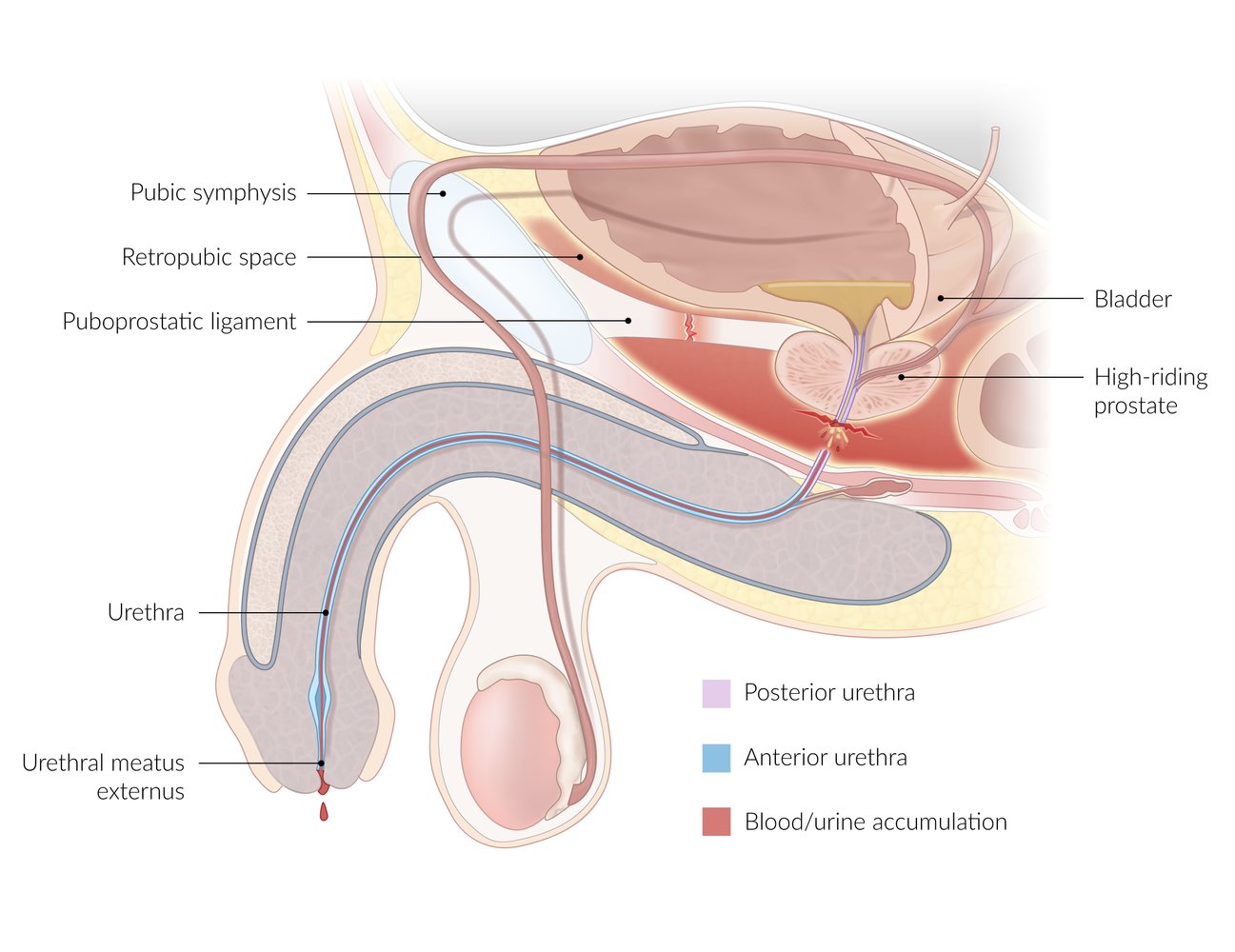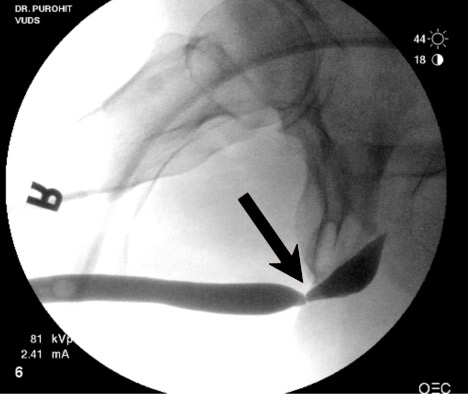© Copyright 2019. Regrow Biosciences Pvt Ltd. All Rights Reserved
Blog
© Copyright 2019. Regrow Biosciences Pvt Ltd. All Rights Reserved
Blog
Understanding Urethral Stricture Disease
16th July 2021

What is Urethral Stricture Disease?
The tube that carries urine out of the body is known as urethra. For men, this thin tube is responsible for ejaculation. Narrowing of this urethral tube is known as Urethral Stricture Disease. The narrowing can happen due to scars, injury or infection that blocks or slows the flow of urine in this tube.
What happens under usual conditions?
The process of voiding is when the bladder is emptied through the urethra. Females have much shorter urethra than male. Urine must travel a longer distance from the bladder through penis.
The first 1" to 2" of urethra that the urine passes through is called posterior urethra. The posterior urethra includes the bladder neck, the prostatic urethra, the membranous urethra and a muscle called the external urinary spinster. Strictures that happen in these areas are known as posterior strictures.

(Image adapted from https://www.amboss.com/us/knowledge/Genitourinary_trauma/)
Fig.1. Structure of Urethra
The last 9" to 10" of urethra is called anterior urethra. The anterior urethra includes the bulbar urethra, the penile urethra, and the meatus, which is the tip of penis. Strictures in these areas are known as anterior strictures.
Common causes of urethral stricture
Because of their longer urethra, men are more likely to suffer from strictures. This condition is rare in women and infants. From the bladder to the tip, strictures can happen at any point. The narrowing of the tube restricts or slows down the flow of urine. There are three kinds of traumas that can lead to urethral stricture: injury, infection and idiopathic.
In adults, urethral stricture can happen because of injury to the scrotum or perineum, prostate surgery, kidney stone removal, urinary catheterization, and impact from surgical tools.
Posterior Urethral Stricture
Posterior urethral stricture happens in the first 1" to 2" of urethra. It is linked to an injury of the pelvis. Pelvis fracture due to accident is one of the main causes of posterior stricture. Here, urethra is disrupted or completely cut off and separated. Hence, urine cannot pass. In this case, urine cannot be passed. A catheter must be placed through the abdomen into the bladder, or through the penis into the bladder. This procedure lets the urine drain while stricture is fixed.
Anterior Urethral Stricture
Strictures that happen in the last 9" to 10" of the urethra are known as anterior strictures. This can be caused by trauma from a straddle injury, direct trauma to the penis and catheterization.
When the urine flow decreases due to stricture, there will be certain symptoms. Problems with Urinary tract infections and swelling of prostate may occur. Symptoms may vary in severity. Some signs include:
Diagnoses : If you have urethral stricture, there are several tests to determine the same. These tests include a physical examination, urethral imaging using X-Ray or ultrasound, urethroscopy and retrograde urethrogram. In urethroscopy, a small bendable scope is inserted in the urethra and taken up to the stricture so the doctor can get a better view of the stricture. This helps in its treatment.

(Image Adapted from http://www.urocenterofnewyork.com/for-men/urethral-strictures/diagnosis-of-urethral-stricture/)
Fig.2. Retrograde Urethrogram
Retrograde urethrogram is an out-patient X-ray procedure. A contrast dye is inserted up the urethra, this dye lets the doctor see the entire urethra outline, as well as the narrowing.
Prevention: The first step to prevent urethral stricture is by avoiding injury to the urethra or pelvis. Secondly, one must be careful with self-catheterization. Use of lubricating jelly is advised and the catheter must be small, used for a short while. Thirdly, sexually transmitted diseases must be avoided. Gonorrhoea and chlamydia are now common causes of urethral stricture. Use of condom is advised to avoid catching an infection. It is also advised to take antibiotics in case of infection, bearing in mind that urethral strictures are not contagious but sexually transmitted diseases are.
Majority of people come out with a good outcome after urethral stricture treatment. If there are any scar tissues, there may be a need for future treatments. In certain cases, stricture may cause urinary retention, this is a potentially dangerous situation. One should call their doctor straight away if they feel any signs or symptoms or urethral stricture and opt for the appropriate urethral stricture treatment.
Regrow Biosciences is India’s leading institution that works with Cell Therapy. It believes in cutting-edge innovation and delivering regenerative medicine-based solutions for the finest human healthcare. Our treatment is a clinically new, meaningful and biological mode of therapy that offers the possibility of durably treating with lesser hospital stays and fuller recovery.
For more information, visit https://www.regrow.in/